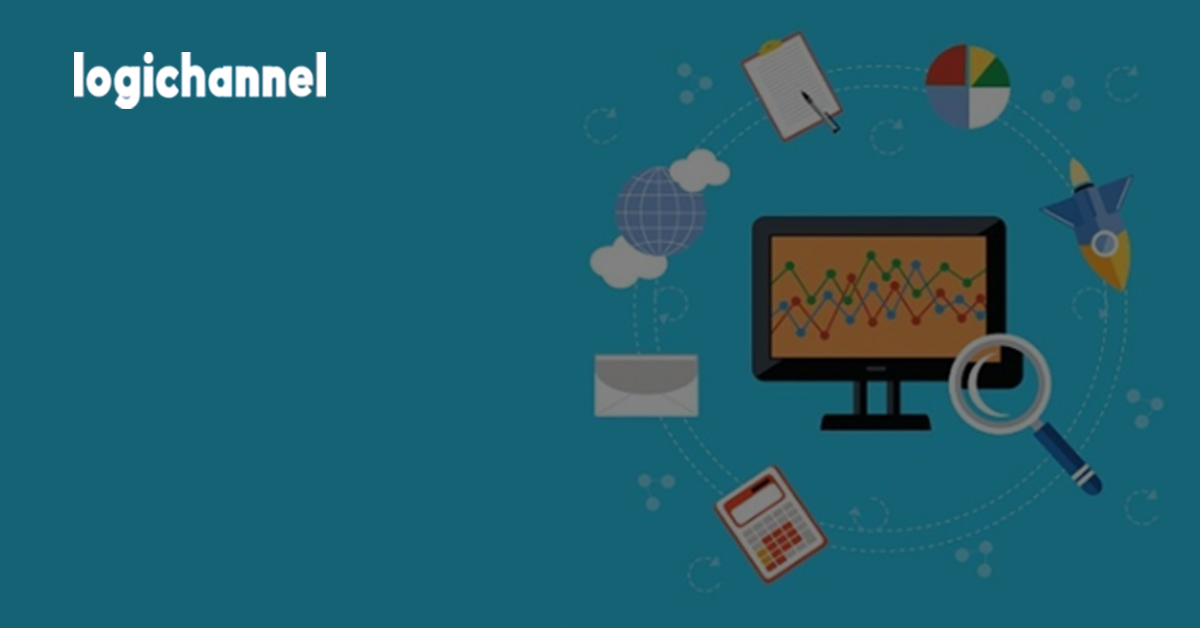The length of your sales cycle has a significant impact on your company’s performance. Your cash-flow rate, financial planning, inventory control, marketing schedule, and sales strategy are all impacted by the length of your sales cycle. The simple truth is that the sooner you can turn around sales, the faster your firm will develop, whereas the longer your sales cycle, the more likely you are to run into cash-flow issues and go out of business. As a result, a strategy to shorten the sales cycle is something you should consider.
What is B2B Sales Cycle?
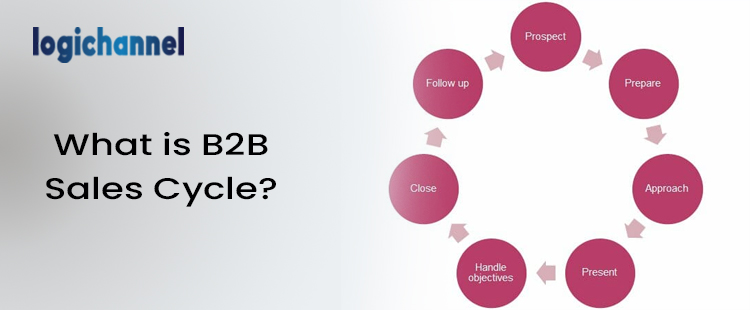
A ‘Sales Cycle’ is a series of steps that salespeople do in order to close a new account. Sales cycles are frequently confused with sales processes, which are frameworks for putting sales cycles into action. The sales cycle is more tactical, with steps like “prospect,” “connect,” “research,” “present,” and “close.”
Having a sales cycle in place is in your company’s best interests. It helps you organize your sales funnel, prioritize leads, and assess the effectiveness of your sales activities. A well-defined sales cycle provides your representatives with a detailed roadmap and common reference points to guarantee that they and their peers are on the same page.
The B2B sales cycle is divided into the following 7 stages:
Stage 1 – Prospecting
The search for prospects is the initial step in the sales process. This entails using several channels to discover people, firms, or organizations who are likely to be interested in your commercial offer, such as:
- Marketing, particularly inbound marketing;
- Professional social networking sites like LinkedIn;
- Meetings with people in person at professional events
Using Outbound Sales methods, a salesperson can search directly for professionals on social media and immediately engage their prospects with tailored e-mail sequences. Inbound Marketing also allows passive prospecting by allowing interested prospects to discover products/services on their own through content. This indicates that the prospect will contact the salesperson on his own initiative.
Stage 2 – The Pre-Approach
The pre-approach is an important part of the B2B sales cycle since it is when the salesperson gathers information about his prospect. Previously, this task was done solely on the basis of information about the company gathered from one’s surroundings, such as through one’s network.
In the age of Social Selling, it’s less uncommon for a salesperson to communicate with a prospect via social media and to juggle the phases by anticipating his queries. Without going into the tools for data consolidation, which may provide information on a prospect’s function, his company’s income, and so on.
Stage 3 – The Approach
Before the internet, the only way to contact a potential customer was to walk door-to-door or make a cold call. It is possible to automatically identify a prospect’s interest and focus on those with the most potential thanks to Marketing and Sales Automation technologies, as well as Cold Calling 2.0.
This method, incidentally, is virtually solely the duty of the Sales Development Representative, who does the gauging before passing it on to an Account Executive.
Stage 4 – The Presentation
The “prepared sales presentation” (or “planned salesperson pitch”) was one of the first presentation strategies developed to boost salespeople’s efficiency.
This method was quite effective in ensuring that the salespeople’s speech was consistent. To avoid salespeople having to travel, it is now preferable to interact via a personalized online presentation.
Stage 5 – The Overcoming of Objections
At this point, a salesperson from the modern period would have done all possible to overcome his prospect’s concerns with the sole purpose of persuading each one to buy his product and close the sale.
However, we now recognize the need of taking a client-centric approach and ensuring that the product/service meets the demands of the prospective customer. Lead nurturing is increasingly being utilized to mature a prospect before moving on to the sales stage.
Stage 6 – The Closing
While a straightforward sale may seem appealing in the near term, it does not win the client’s loyalty or create a virtuous B2B sales cycle. Even if the client gets the impression of being accompanied through the sale, particularly as a result of the advice, a sale will ultimately fetch more.
Stage 7 – The After Sales Follow-Up
The after-sales follow-up stage of the B2B sales cycle cannot be limited to the sending of a letter/flyer and a few freebies (even if this reinforces the connection with your client).
The Customer Success job, which is responsible for following up with clients, is becoming increasingly important in terms of maintaining clients, following up with them, and obtaining valuable recommendations from their networks.
Let’s Get Some Insights On How To Accelerate Your B2B Sales Cycle
If you’re wondering how to improve your sales cycle – or, more accurately, how to accelerate the sales cycle – we’ve got you covered. By minimizing the time it takes to convert a prospect into a customer, the tactics for shortening your B2B sales cycle phases outlined below will help you close more sales, make more money, and gain a head start on your competitors.
Refine Your Target Market
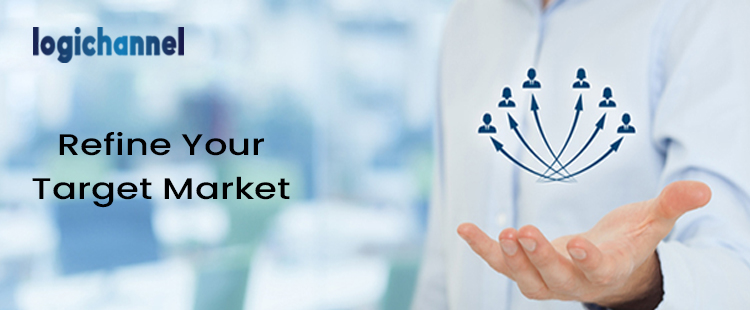
By narrowing down your target audience to those who you can identify as actual potential clients – ones who would derive real value from your products or services – you’ll spend less time trying to sell to someone who’s just not interested, and you can focus instead on those who you should be able to move swiftly, and successfully, through your B2B sales cycle stages.
Nurture Your Leads
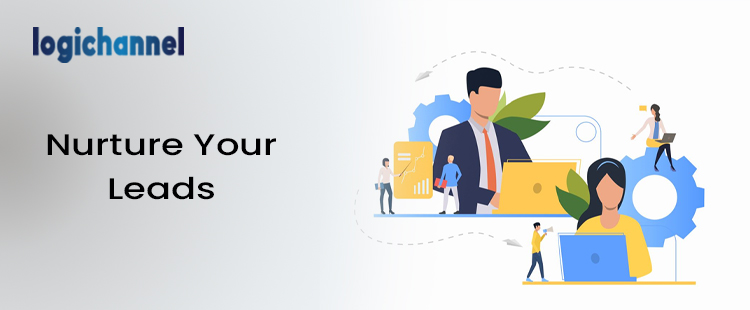
Begin by segregating your contacts into lists of casual browsers and those who are unlikely to make a purchase anytime soon. These are the leads that must be nurtured before being forwarded to sales. For a quicker sales pipeline, lead nurturing allows your sales staff to focus on qualified, ready-to-buy prospects.
Know The Right Time To Make Your Move

As they say, timing is everything. As a result, you should become familiar with your clients’ journey and be able to pinpoint exactly when your services become most beneficial to them and when they are most likely to make a purchase choice.
Create A Joint Engagement Plan

It’s a document that illustrates how a working relationship between you and your prospect might appear. When you provide a JEP with your prospects immediately at the start of the B2B sales cycle, it aids them in making a faster and more informed purchase decision.
Understand the Decision-Making Process
Inquire about the timeliness of your prospects. Before making a decision, find out what they want to know and who is engaged in the decision. You’ll be on your way to success if you figure out their requirements and what they want to learn about the business. Their responses will offer you a sense of how their evaluation will proceed, allowing you to customize a lead management strategy to your specific target audience or profile.
Automate Where Possible
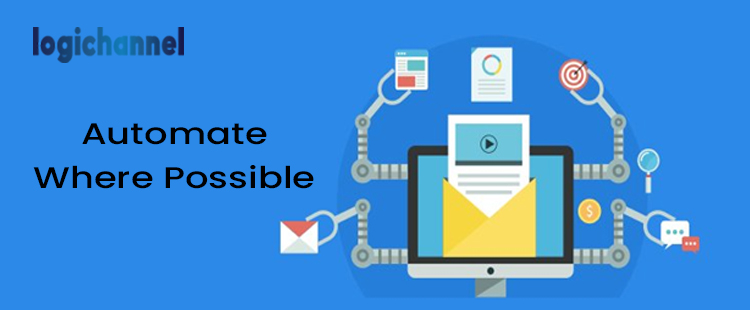
Evaluate the CRM pipeline’s various phases and determine which tasks can and should be automated. Automating sales activities aids in lead scoring as well as sales process improvement, ensuring that leads are not overlooked or forgotten. Users have seen a 14.5 percent improvement in sales productivity when automating lead nurturing operations like email campaigns and follow-ups. Sales reps can now spend more time pursuing well-qualified leads.
Make Sales Your Primary Focus
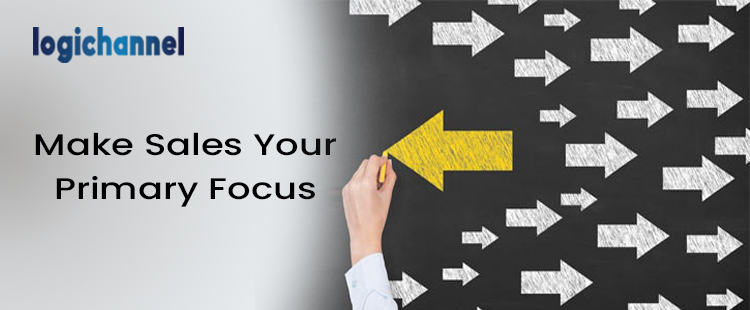
It’s not uncommon to wear multiple hats in your profession, whether you’re a business owner or a sales representative. However, if selling is one of your responsibilities, the more energy you can dedicate to sales rather than administrative or other tasks, the more time you’ll have to spend on things like identifying new prospects and following up with those you already have.
Wrapping Up
Knowing which leads to enter into the pipeline and which leads to nurture is key to speeding up the sales pipeline process. Defining your company’s sales process, coaching reps, and maintaining the pipeline are all part of accelerating the sales process. Finding time-saving solutions to let salespeople spend more direct interaction with their customers is another element to reaching the sales cycle speed you desire.
Make use of the suggestions above to improve and help accelerate your sales process. According to Harvard University, nearly 25% of sales cycles take 7 months or more to close. Keeping this in mind, don’t become disappointed if the process takes too long; instead, keep refining and improving the cycle until you reach your peak productivity.


